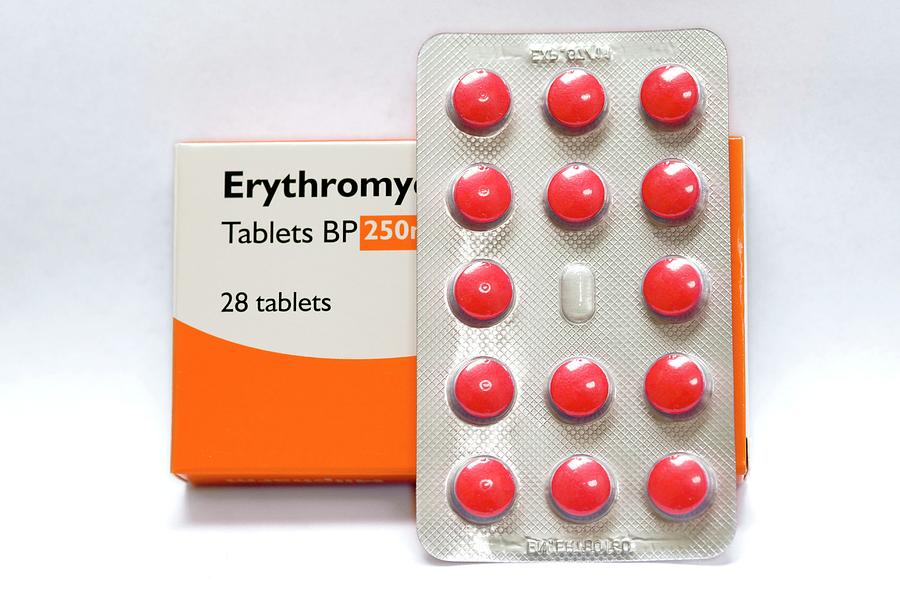
Ambulatory surgery centers (ASCs) have seen tremendous growth in the United States over the past few decades. An ASC is a healthcare facility focused on providing same-day surgical care, including diagnostic and preventive procedures. Patients are admitted and discharged within the same day, eliminating the need for an overnight hospital stay.
ASCs first began emerging in the 1970s as an alternative to hospital-based outpatient departments for lower risk elective surgeries. Over the years, the types of surgeries performed at ASCs have expanded significantly to include more complex procedures. Today, ASCs account for a sizable portion of all outpatient surgeries performed in the country each year.
Types of Procedures at ASCs
ASCs provide a wide variety of surgical specialties on an outpatient basis. Some of the most common types of procedures performed at ASCs include:
– Ophthalmology: Cataract removal and other eye-related surgeries.
– Gastroenterology: Colonoscopy, endoscopy, etc. to screen for and detect diseases.
– Orthopedics: Arthroscopy, carpal tunnel release, and other joint and musculoskeletal procedures.
– Pain management: Epidural injections, nerve blocks and other techniques to manage chronic pain.
– Plastic surgery: Cosmetic surgeries such as breast augmentation, liposuction, etc.
– Podiatry: Bunions, hammertoe correction and other foot/toe procedures.
– ENT: Tonsillectomy, sinus surgery, and procedures to address conditions of the ear, nose and throat.
The large number and variety of low-risk surgeries shifted to ASCs have helped drive their growth over the past few decades.
Growth and Impact of ASCs
The ASC industry has seen rapid growth over the past 30 years since their emergence:
– There were over 5,500 Medicare-certified ASCs across the U.S. in 2017, up from about 1,300 centers in the early 1990s.
– The number of outpatient surgeries performed at ASCs has jumped significantly. In 2012, ASCs conducted over 23 million procedures compared to just 4 million in 1996.
– 70-80% of all outpatient surgeries such as cataract removal and colonoscopy are now performed in ASCs versus hospital outpatient departments.
– Spending on ASC facilities and services totaled an estimated $41 billion in 2017, up from only $3 billion in the early 1990s.
This surge in ASC development and outmigration of surgeries from hospitals has provided important benefits. ASCs have increased patient access to care while driving down healthcare costs for many common procedures. On average, the same surgery costs 2-5 times less when performed in an ASC versus a hospital setting.
Financing and Economics of ASCs
The financial aspects of ASC development and operations have been a driving force behind their impressive growth trajectory:
– ASCs are primarily owned by physicians and healthcare companies. This ownership model directly ties the financial interests of doctors to the business success of the centers they operate in.
– Studies show physician-owners perform up to 5 times as many procedures in their ASCs versus hospital settings, boosting profitability. At the same time, this improves convenience for patients.
– Medicare reimbursement policies starting in the 1980s placed ASCs on equal footing with hospitals for paying for hundreds of procedures. This fueled ASC development as more profitable sites of service.
– Private insurers also provide competitive payment rates to ASCs versus hospital outpatient departments for many common elective surgeries. This encourages them to shift procedures to lower-cost settings.
– Unlike hospitals which face major regulatory challenges, ASCs have more flexibility to configure spaces efficiently and focus exclusively on outpatient capacity. These characteristics keep overhead costs relatively low.
– Numerous ASC companies have emerged that acquire physician stakes in existing centers or develop new facilities from the ground up. Access to capital allows for continued infrastructure growth across the sector.
The financial alignment of physicians with ASC businesses, along with supportive Medicare and private payer policies, have created a profitable market niche driving the ongoing proliferation of these outpatient surgical facilities.
Impact on the Healthcare Landscape
The unchecked expansion of ASCs has produced mixed effects on the overall U.S. healthcare system:
– Shifting procedures to lower-cost ASCs has undoubtedly helped constrain overall national healthcare spending and slowed the growth of insurance premiums to some degree over the years.
– However, the financial incentive for doctors to perform more procedures in their own surgery centers raises questions about over-utilization and unnecessary volume increases. More research is still needed on this aspect.
– Safety concerns have also been raised as ASC quality reporting mechanisms remain limited compared to hospitals. However, industry groups point to data showing ASC complication rates are similar or lower for many standard surgeries.
– There is also debate around the long-term viability of physician ownership models amid accusations of anti-competitive behaviors in certain markets. Large ASC chains argue they promote greater access and choice for patients.
As the economics of ASCs continue encouraging migration of care away from traditional inpatient settings, policymakers will remain focused on ensuring the interests of patients are reasonably balanced alongside business incentives driving their ongoing market expansion. Both opportunities and risks still exist as this relatively new care model further integrates into the broader healthcare landscape.
Conclusion
Over the past few decades, ambulatory surgery centers have flourished into a major driver of healthcare delivery change in the United States. Originally focused on simple elective surgeries, ASCs now handle a vast number of higher complexity outpatient procedures annually. Favorable financing policies and cost advantages over hospitals have propelled their rapid development. Going forward, ASC growth trends indicate they will remain an integral part of the national discussion around promoting affordable and accessible surgery for many Americans.
*Note:
- Source: Coherent Market Insights, Public sources, Desk research
- We have leveraged AI tools to mine information and compile it


